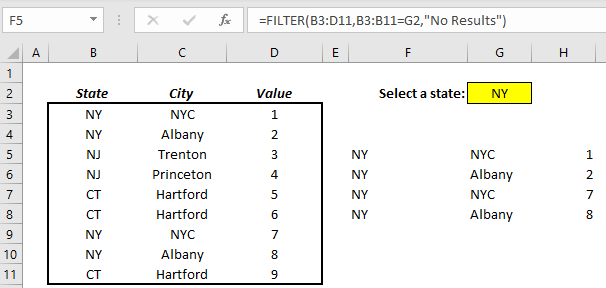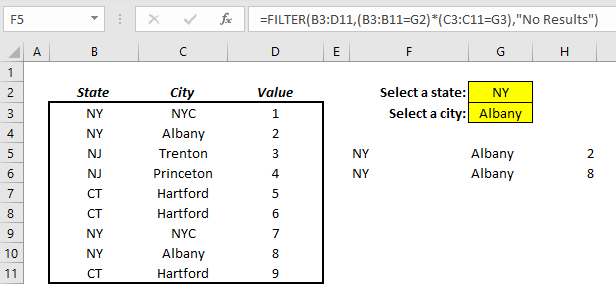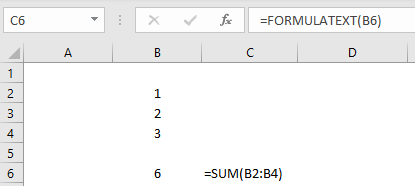Have you ever wanted to quickly go to the last used cell within a spreadsheet but did not know how? Have you ever wanted to determine where the next available row or column resides? Have you ever wondered why a spreadsheet with only a few cells of data may appear as a large file? All these answers can be provided with a single keystroke combination.
Pressing Ctrl and End at the same time will bring you to the last cell within a spreadsheet that Excel is referencing. The definition of “last” entails the rightmost column and the lowest used row on the worksheet. The last cell may not always contain data, but it will always be registered by Excel as something that is utilizing memory.
Here are some other keystroke combinations that will help you quickly navigate around your spreadsheet:
- Ctrl and Home at the same time: this will bring you to the first cell (A1) in the worksheet.
- End then an arrow key: this will bring you to the next empty value in any direction. For example, pressing End and then the down arrow will bring you to next empty cell in the column where your cursor currently resides.
- Ctrl and PageUp : this will bring you to the previous sheet in the workbook.
- Ctrl and PageDn: this will bring you to the next sheet in the workbook.
Keyboard shortcuts can easily help you navigate your Excel files and help you determine the “ending” cell within a spreadsheet. This will be useful in situations such as dynamic reports where rows and columns are automatically generated via automation.
IBM Planning Analytics, which TM1 is the engine for, is full of new features and functionality. Not sure where to start? Our team here at Revelwood can help. Contact us for more information at info@revelwood.com. And stay tuned for more Planning Analytics Tips & Tricks weekly in our Knowledge Center and in upcoming newsletters!
Read more Excel Tips & Tricks:
IBM Planning Analytics Tips & Tricks: Learn the Excel CELL Formula









